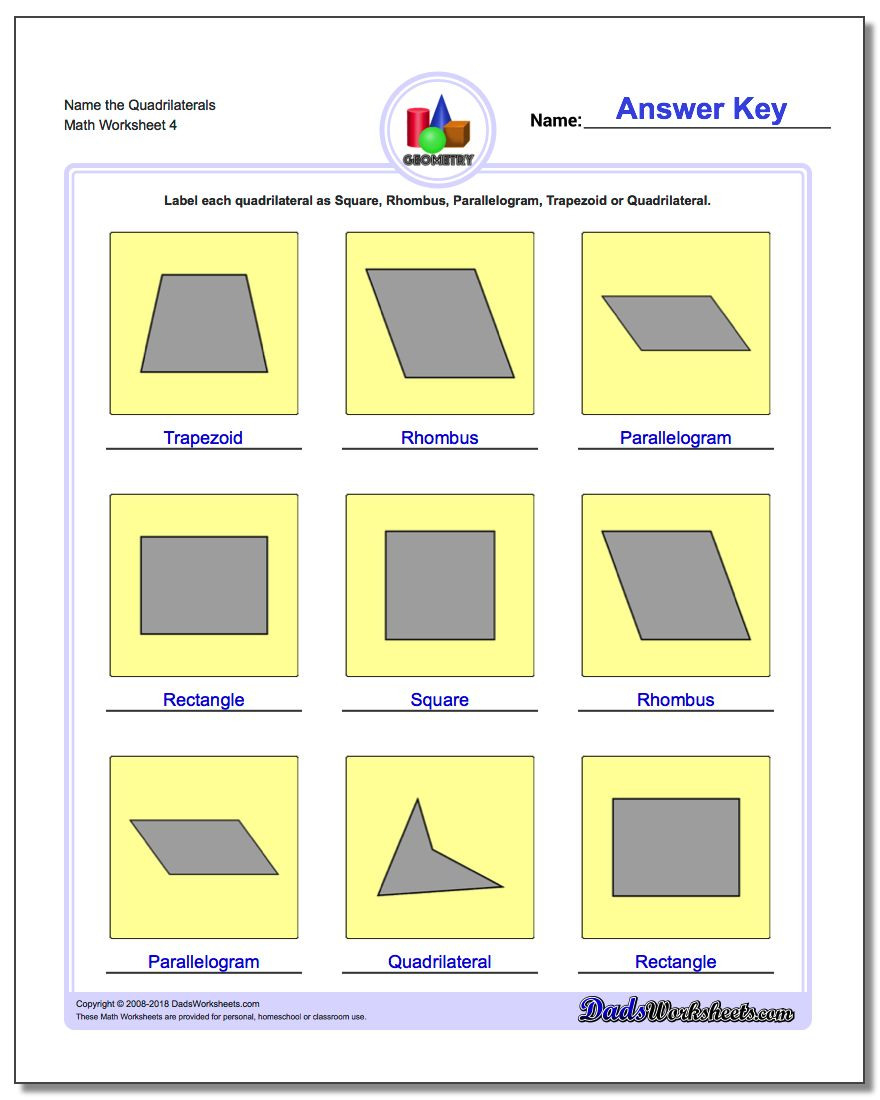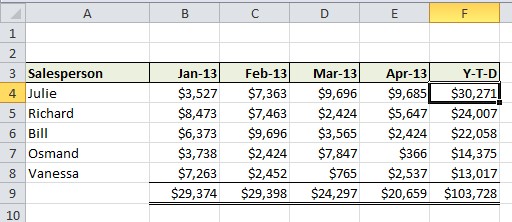
For other font choices, you’ll need to check the row height before adjusting column width. If you are using Calibri size 11 font, change the column width to 2.14 to format a grid. Right-click on one of the highlighted columns and select “Column Width.” Enter a new width in the dialogue box and click “OK.”ĭefault column width and row height in Excel are determined by your font choice. To change the width of your columns, click the "Select All" button to select all of the cells in your spreadsheet. By formatting a grid, you’re changing the column width so that it’s the same size as the default row heights, which will, in turn, make added shapes more uniform and properly proportioned. Format a gridĪdding a grid to Excel will make creating flowcharts and diagrams a little easier, but know that it’s not required, especially if you’re experienced in Excel.

While we recommend saving time by using Lucidchart (skip to the next section to learn how!), we’ve outlined the steps to build a flowchart from within Excel below 1.
#SHAPE SHEETS FOR EXCEL MANUAL#
The answer is to either edit the Refers To for Names to use the cell references rather than the table reference:Īlternatively, you can untick the Use table names in formulas Excel option before creating the named range.Microsoft Excel has features that allow you to make a flowchart directly within your Excel spreadsheet, but it will require some preliminary formatting and manual adjustments to implement your shapes and text. Unfortunately, neither of these ranges appear in Visio when I attempt to link to them using the Data Selector. So, I created a range named Names by selecting the cells in Excel, and I then ended up with a table and a named range that refers to that table: If I then create a named range that covers the same cells as this table, then the default behaviour of Excel 2010 is to create a reference to the underlying table: Ī quick gander at the Name Manager dialog shows that this feature has created a named range called Table1: I was content that this would work, so I cancelled the dialog, and returned to Excel, where I used the Format as Table button on the table that I had just. The column names and sample values were displayed, as expected: Sure enough, the first sheet was listed as available to link to in the Data Selector dialog: So, I then used the Link Data to Shapes feature in Visio 2010 and browsed to the workbook to attempt a link…
#SHAPE SHEETS FOR EXCEL FULL#
I had noticed that I sometimes didn’t get a full list of the available ranges when trying to link in Visio, so I decided to investigate why.įirstly, I created a sample Excel 2010 worksheet with a header row, and three rows of data in Sheet1.

I used the Database Wizard initially, but have been using the Link Data to Shapes feature since Visio 2007. I have often linked Excel worksheets and ranges to Visio over the years. Visualizing Information with Microsoft Visio.Microsoft Visio Business Process Diagramming and Validation.Mastering Data Visualization with Microsoft Visio.My session and other Visio sessions at MSIgnite 2019.Designing Power Automate Flows with Microsoft Visio.Creating Visio Tabs and Apps for Teams with SharePoint Framework (SPFx).Using the Visio Data Visualizer in Excel.




 0 kommentar(er)
0 kommentar(er)
